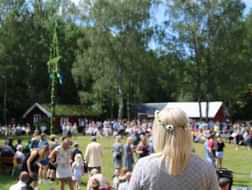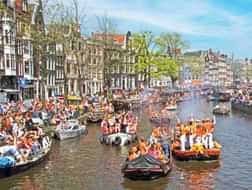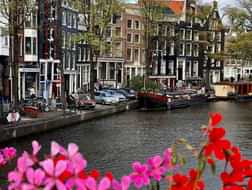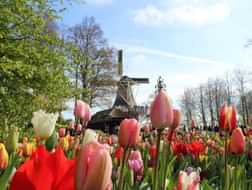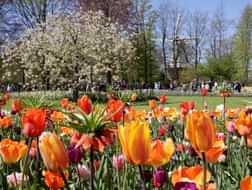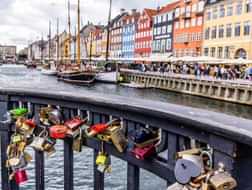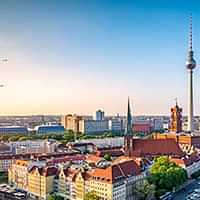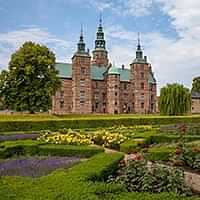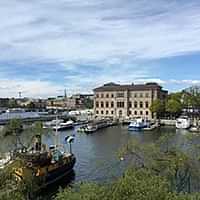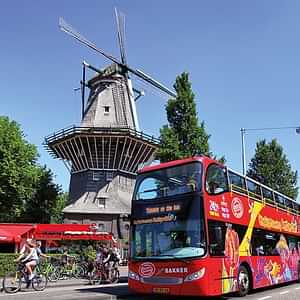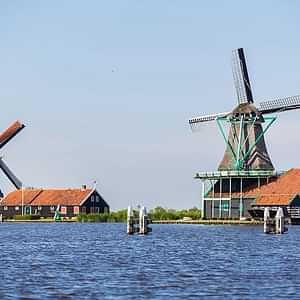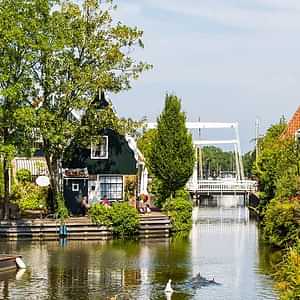Dutch UNESCO World Heritage sites

The UNESCO Netherlands list may not be as long as the list of some other countries, but the sites are amazing. For example, Kinderdijk is a must-see UNESCO Netherlands heritage site. We’ll explain why you have to visit Kinderdijk and some other UNESCO Netherlands sites during your holidays in The Netherlands in this blog post.
What is UNESCO World Heritage?
UNESCO stands for United Nations Educational, Scientific and Cultural Organisation. It is a specialized agency of the United Nations system. The organization was created more than half a century ago and is responsible for coordinating international cooperation in education, science, culture, and communication. It strengthens the ties between nations and societies and mobilizes the wider public.
Some of the best UNESCO Netherlands World Heritage goods
The Netherlands has twelve UNESCO-recognized world heritage goods. It concerns unique UNESCO Netherlands heritage, which is undeniably part of Dutch history. Nice to know is that this list may be expanded soon, as there is still more Dutch heritage, for which a request has been made to be listed on the UNESCO Netherlands list.
One of the most fantastic and best known sites is Kinderdijk, where there are 19 traditional Dutch Windmills located. But let's also take a look at some other UNESCO Netherlands sites you should take into account for your Holland itinerary.

Schokland and surroundings
The Schokland World Heritage Site is an island on dry land in the polder landscape of the Noordoostpolder. The island is 4 kilometers long and 300-500 meters wide. Schokland was the first UNESCO Netherlands Site.
This UNESCO Netherlands site is a unique combination of cultural history and nature. Evidence of human habitation going back more than 10,000 years can be found there. Schokland was an attractive settlement area in the Middle Ages when it was much larger, but by the 19th century, it was under continuous threat of flooding due to the rise in sea level.
Amsterdam Canal belt
The historic urban ensemble of the canal district of Amsterdam was a project for a new ‘port city’ built at the end of the 16th and beginning of the 17th centuries.The majority of the houses erected in the 17th and 18th centuries are still present in a good general state of conservation.
Alongside the main canals are approx. 1550 monumental buildings. The 17th-century canal ring area, including the Prinsengracht, Keizersgracht, Herengracht, and Jordaan, was placed on the UNESCO World Heritage List in 2010.
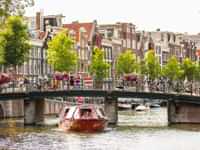
Wadden Sea
The Wadden Sea is the largest unbroken system of intertidal sand and mudflats in the world. In 2009, the Dutch and German parts of the Wadden Sea were inscribed on UNESCO's World Heritage List, and the Danish part was added in 2014.
Colonies of Benevolence
One of the newest Dutch editions to UNESCO's World Heritage list are the Colonies of Benevolence. This transnational serial property was an Enlightenment experiment in social reform. These cultural landscapes in Frederiksoord-Wilhelminaoord and Veenhuizen in the Netherlands and Wortel in Belgium, demonstrate an innovative, highly influential 19th-century model of pauper relief and of settler colonialism, which today is known as an agricultural domestic colony.
See traditional Dutch windmills that are still operating till this day!
The windmills in Kinderdijk are easily reached from Rotterdam, but if you want to see windmills while staying in Amsterdam it is easiest to visit some of the other windmills in the Dutch countryside closer to the capital city. We offer several tours to the windmills in Zaanse Schans and even a tour that takes you by a windmill in Amsterdam itself.
Our top tips

